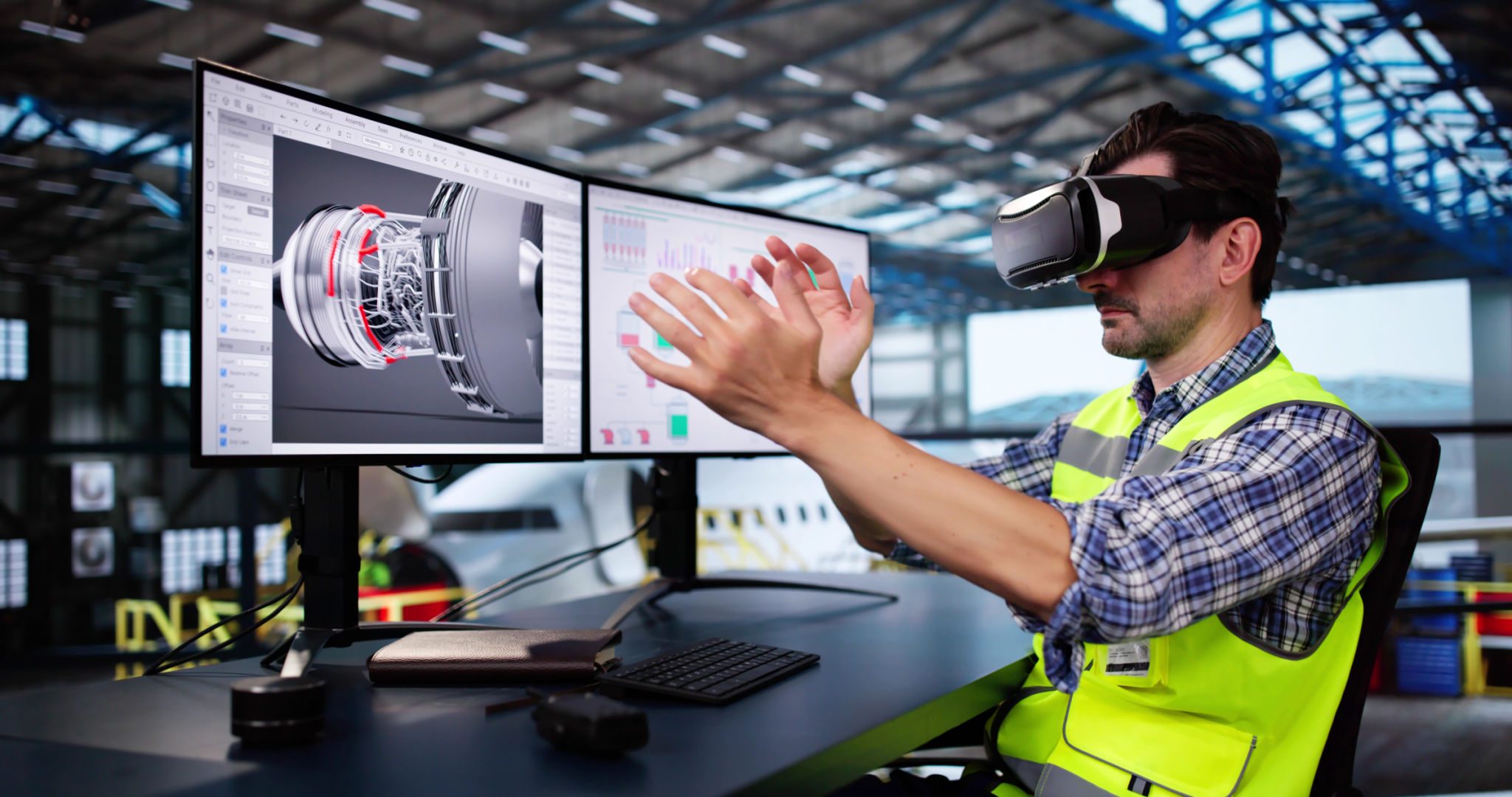VR Training Simulations: Revolutionizing Professional Development
Embracing the Future of Learning
The landscape of professional development is undergoing a significant transformation, thanks to the advent of Virtual Reality (VR) training simulations. By providing immersive and interactive learning experiences, VR technology is reshaping how professionals across various fields acquire new skills and knowledge. This innovative approach is not only enhancing skill acquisition but also improving retention and engagement among learners.
Traditional training methods often involve classroom-based learning or on-the-job training, which can be time-consuming and expensive. In contrast, VR training simulations offer a cost-effective and efficient alternative, enabling learners to practice skills in a safe and controlled environment. This technology is particularly beneficial in high-risk industries such as healthcare, aviation, and manufacturing, where practical experience is crucial for success.

The Advantages of VR Training Simulations
Engagement and Retention
One of the most significant benefits of VR training simulations is the level of engagement they provide. By immersing learners in a virtual environment, VR captures their attention and keeps them focused on the task at hand. This heightened level of engagement leads to better retention of information and skills, as learners are more likely to remember activities they actively participated in.
Safe Learning Environments
VR training simulations allow learners to practice complex tasks without the fear of real-world consequences. This is especially important in fields where mistakes can be costly or dangerous. For example, medical students can hone their surgical skills without risking patient safety, while pilots can practice emergency procedures without endangering lives.

Real-World Applications
Healthcare
In the healthcare sector, VR training simulations are revolutionizing the way medical professionals learn and practice their craft. Surgeons can perform virtual surgeries to refine their techniques, while nurses can simulate patient interactions to improve their communication skills. This hands-on approach not only enhances proficiency but also boosts confidence among healthcare providers.
Aviation
The aviation industry has long been a pioneer in adopting new technologies for training purposes, and VR is no exception. Flight simulators have been used for decades to train pilots, but VR takes this experience to a new level by providing a more immersive and realistic environment. Pilots can practice flying under various weather conditions and emergency scenarios without leaving the ground.

Implementing VR Training in Your Organization
For organizations looking to integrate VR training simulations into their professional development programs, it's essential to start with a clear understanding of the specific skills and outcomes they wish to achieve. Collaborating with VR developers and subject matter experts will ensure that the simulations are tailored to meet the unique needs of the organization.
Additionally, it's crucial to invest in the right hardware and software solutions to support VR training initiatives. This includes VR headsets, motion controllers, and compatible software platforms that facilitate seamless integration into existing training programs. By doing so, organizations can maximize the return on investment and drive meaningful improvements in employee performance.
The Future of Professional Development
As VR technology continues to evolve, its impact on professional development will only grow stronger. The ability to create realistic training scenarios that adapt to individual learner needs will further enhance its effectiveness. As more industries recognize the value of VR training simulations, we can expect to see widespread adoption across various sectors.
Ultimately, VR training simulations represent a powerful tool for organizations seeking to stay competitive in an ever-changing landscape. By embracing this technology, businesses can equip their workforce with the skills and knowledge needed to thrive in today's dynamic environment.